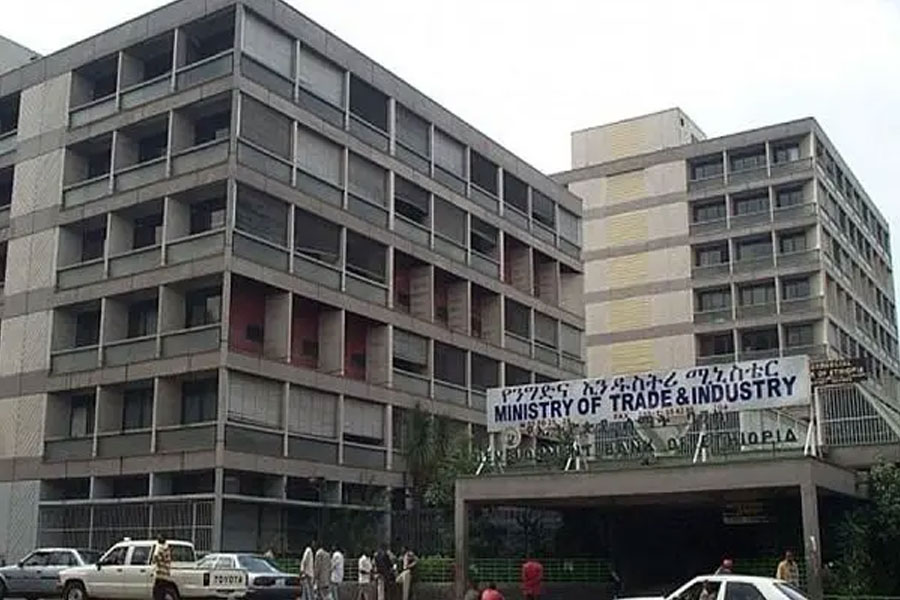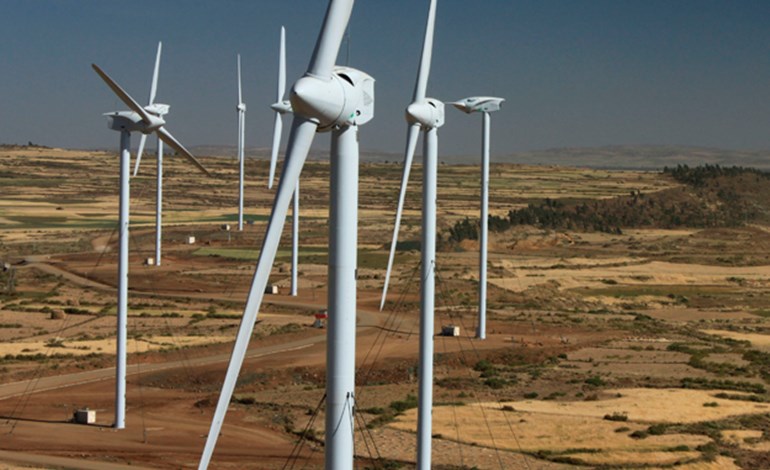
May 9 , 2020
By GELILA SAMUEL ( FORTUNE STAFF WRITER
)
The Ministry of Agriculture has started the process of administering animal quarantine centres in partnership with private investors through a Public-Private Partnership (PPP) approach.
The approach will not be implemented through the PPP Directorate under the Ministry of Finance but will instead go directly through the Agriculture Ministry via a concession agreement with private sector entities. The partners will supervise the already built quarantine centres.
Before starting to proceed with the PPP arrangement, the Ministry discussed with the PPP Directorate the legal repercussions of the matter if the approach is handled solely under the administration of the Ministry, according to Oumer Hussien, minister of Agriculture.
"We got a green light to commence with the project because of its size,” Oumer said.
The private sector entity contracted under this venture cannot assign, transfer, sublet or create any lien on the agreement entered into with the Ministry. The private sector will be involved in operating and maintaining the export quarantine facilities under the regulatory control of the Ministry.
Between January and March 2020, the Ministry conducted a feasibility study with private agricultural consultants on the status of the centres and how the private sector can fit the gaps that hinder their performance.
The main aim of involving the private sector is to enhance the efficiency of the centres and equip the centres with professionals, according to Oumer.
“The government lacks efficiency in the service sector, and we believe the private sector can address this,” he said.
Currently, the Ministry operates five animal quarantine centres in Mile, Jigijiga, Metema, Humera and Almehal, which are the exit corridors for the export of cattle to the Middle East and North Africa.
At the end of last month, the Ministry announced a bid to hire a consultant to study the modalities for the management of the Mile quarantine centre with the PPP approach.
Mile Quarantine Centre, the facility located in Mile town of Afar Regional State, rests on a footprint of 48ha and took the lion's share of the construction expense at a cost of 99.1 million Br, with the capacity to accommodate 30,000 livestock.
The facility inspects the health of export livestock and isolates and treats the animals accordingly. Quarantine measures like vaccination to halt various outbreaks are taken 20 to 30 days before shipping the livestock abroad.
“We've decided to start with Mile because of its geographical closeness to the Djbouti terminals,” said Oumer, “The rest of the centres will follow the lessons learned from the Mile project.”
It is a progressive step for the government, according to Dinka Ayana (PhD), dean of Addis Abeba University's College of Veterinary Medicine & Agriculture, who added that the location of the centres is prone to different infectious diseases and animal quarantine centres are susceptible, hence the private sector is going to have a difficult time containing the diseases.
"But in terms of productivity, the private sector is undeniably suitable for the service," Dinka added.
The five quarantine stations constructed for the prevention and spreading of livestock diseases and to conduct diagnostic tests were built at the cost of 229 million Br.
Afar Water Works Construction, Somali Procurement Services & Construction, Tigray Water Works Construction, Amhara Water Works Construction, and Africawit Construction Plc were part of the construction of the facilities, laboratories and employee residences.
Metema and Humera stations sprawl on a footprint of 42ha and 30ha, respectively, whereas Haroressa rests on 48ha.
Ethiopia is home to over 60 million cattle, the largest livestock population in Africa, with Saudi Arabia as its leading trade partner on the export of livestock, followed by Kuwait, the United Arab Emirates, Qatar and North African countries.
In the first half the fiscal year, the export of live animals increased by 65.6pc, as the export volume went up by 74.1pc despite the 4.9pc decline in international prices. Consequently, the share of live animals of total merchandise exports increased to 3.3pc from 2.3pc the year before.
Export receipts from meat and meat products slowed down to 18.5 million dollars, showing a 23.6pc annual decline as the international price fell by 1.7pc and export volume fell by 22.3pc. The share of meat and meat products in total export earnings stood at 2.6pc compared to 3.9pc a year ago.
PUBLISHED ON
May 09,2020 [ VOL
21 , NO
1045]

Fortune News | Jan 02,2021

Fortune News | Apr 17,2020

Radar | Jan 11,2020

Radar | Mar 30,2019

Radar | May 25,2024

Radar | Jun 12,2021

Radar | Jul 02,2022

Fortune News | Jun 10,2023

Radar | Sep 14,2024

Fortune News | Jun 06,2021

Dec 22 , 2024 . By TIZITA SHEWAFERAW
Charged with transforming colossal state-owned enterprises into modern and competitiv...

Aug 18 , 2024 . By AKSAH ITALO
Although predictable Yonas Zerihun's job in the ride-hailing service is not immune to...

Jul 28 , 2024 . By TIZITA SHEWAFERAW
Unhabitual, perhaps too many, Samuel Gebreyohannes, 38, used to occasionally enjoy a couple of beers at breakfast. However, he recently swit...

Jul 13 , 2024 . By AKSAH ITALO
Investors who rely on tractors, trucks, and field vehicles for commuting, transporting commodities, and f...

Jul 12 , 2025
Political leaders and their policy advisors often promise great leaps forward, yet th...

Jul 5 , 2025
Six years ago, Ethiopia was the darling of international liberal commentators. A year...

Jun 28 , 2025
Meseret Damtie, the assertive auditor general, has never been shy about naming names...

Jun 21 , 2025
A well-worn adage says, “Budget is not destiny, but it is direction.” Examining t...